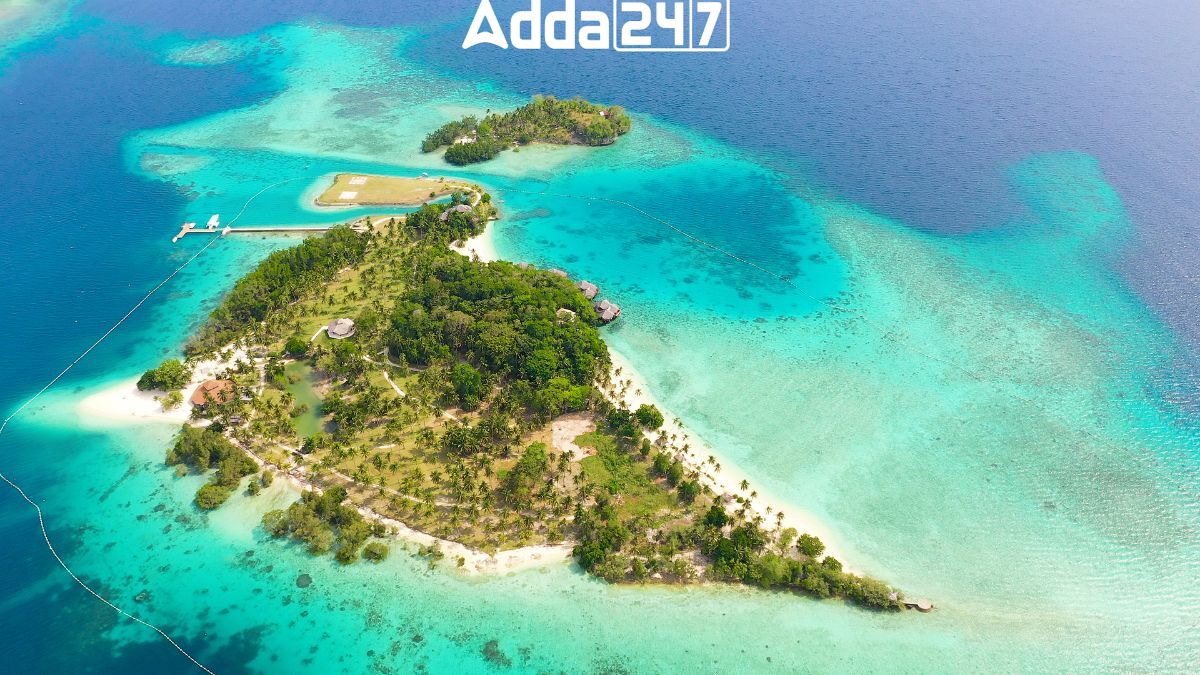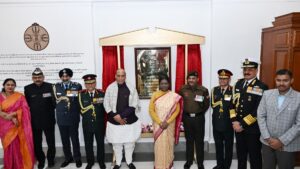Katchatheevu, an Indian island with a tumultuous past, has been a focal point of contention between India and Sri Lanka since its cession in 1974.
Bilateral Largesse: The Transfer of Ownership
- In 1974, Prime Minister Indira Gandhi yielded Katchatheevu to Sri Lanka under the administration of Sirimavo Bandaranaike, marking a significant bilateral agreement.
- This act of cession preceded the delineation of the maritime boundary in the Sethusamudram region in 1976, further solidifying Sri Lanka’s claim.
Civil War Fallout: A Battleground of Conflicts
- The onset of the Sri Lankan civil war in 1983 turned Katchatheevu into a volatile arena for clashes between Indian Tamil fishermen and the Sinhala-dominated Sri Lankan navy.
- Lives, livelihoods, and properties were lost due to accidental crossings of the international maritime boundary line, exacerbating tensions between the two nations.
Complex Geopolitical Legacy: A Relic of Colonial South Asia
- Katchatheevu’s history traces back to its inclusion in the Ramnad Zamindari, establishing its Indian ownership under the Nayak dynasty of Madurai.
- Leases by European powers, such as the Dutch East India Company in 1767 and the British East India Company in 1822, further complicate its historical narrative.
Ongoing Disputes and Speculations
- Present-day apprehensions include concerns among Sinhalese fishermen regarding potential leasing of Katchatheevu to India by the Sri Lankan administration.
- However, the issue transcends simplistic narratives, reflecting deeper geopolitical intricacies inherited from colonial rule in South Asia.




 Non-Government NPS Subscribers Can Now W...
Non-Government NPS Subscribers Can Now W...
 Param Vir Dirgha at Rashtrapati Bhavan I...
Param Vir Dirgha at Rashtrapati Bhavan I...
 NHAI Introduces India’s First Wildlife-S...
NHAI Introduces India’s First Wildlife-S...







